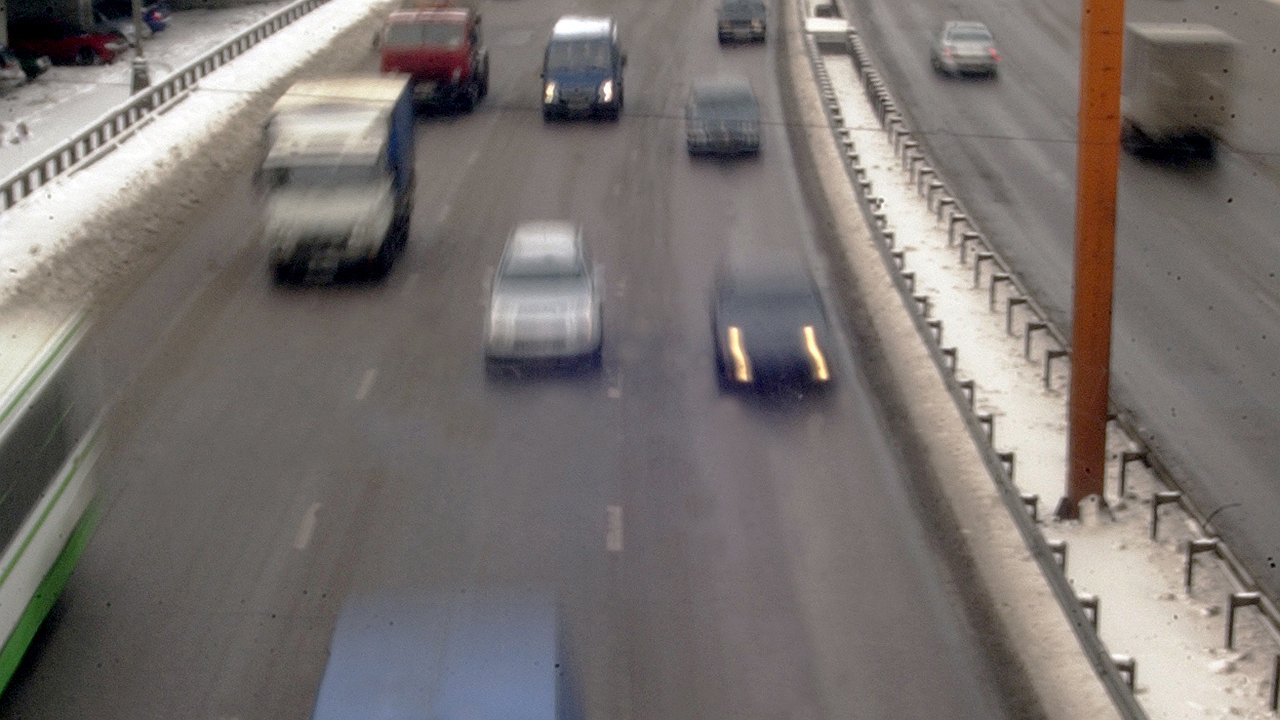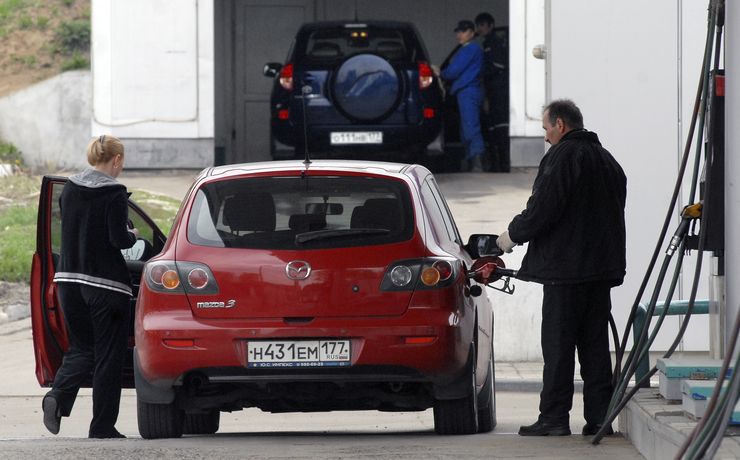While manufacturers are getting electric shocks and sick of “green” trends (read – money), officials are scrambling to push stories about the benefits of electric transportation and the associated savings into consumers’ ears, but thoughtful owners of cars with traditional internal combustion engines are going by not driving their cars without pleasure and should, as they say, not blow. It is quite possible to save hard-earned money with a conventional internal combustion engine.
Oh, those fairy tales about electric cars! Once they become massive, you can expect an increase in electricity rates, as well as taxes and other charges. Where there’s smoke, there is fire. They want to convince humanity en masse to love electric transport, but not for the sake of the economy, but for profit. After all, everything that is done is not always for the better. Moreover, in principle, all attempts by the authorities and affiliated businessmen are directed not in favor of people, but against.
And it’s good that the population simply does not have the money for new toys imposed from above, otherwise the process of electrifying the country would have gone much faster. Our people, on the other hand, look for ways to protect what they have. An example of this is fuel consumption. Of course, the best way not to waste fuel is not to drive at all. For those who disagree, there is a more interesting option: moving, but sensibly!
Thus, the aerodynamic drag coefficient directly affects the economic mode of travel. Obviously the performance of the engine, as well as the type of transmission and the number of gears. But most importantly, in any scenario and with completely different power plants, the flow rate increases along with an increase in crankshaft speed. The more dynamic and heavier the car, the more fuel it takes to accelerate.
However, a measured and even driving style with a constantly stable speed compensates for this nuance. It is not for nothing that you lose less fuel on the highway than in the city. So: the most important thing is to maintain the correct engine speed. For example, the minimum gas consumption is in the mode when the number of revolutions per minute does not exceed 2000-2500. If we talk about speed, then in top gear the limit of 90 km/h will be optimal. But above the “hundreds” the aerodynamic drag begins to increase much more intensively. That, in fact, is the whole secret.
Meanwhile, the Russian authorities are not sitting still and are preparing us for a sharp rise in fuel prices. Already in the summer, payments to oil tycoons under the so-called fuel damper, which for some time allowed to curb the growth of price tags at gas stations in the country, can be drastically cut off. Is it really possible that soon the most effective way to save on gas is to stop using a car?
Oh, those fairy tales about electric cars! Once they become massive, you can expect an increase in electricity rates, as well as taxes and other charges. Where there’s smoke, there is fire. They want to convince humanity en masse to love electric transport, but not for the sake of the economy, but for profit. After all, everything that is done is not always for the better. Moreover, in principle, all attempts by the authorities and affiliated businessmen are directed not in favor of people, but against.
And it’s good that the population simply does not have the money for new toys imposed from above, otherwise the process of electrifying the country would have gone much faster. Our people, on the other hand, look for ways to protect what they have. An example of this is fuel consumption. Of course, the best way not to waste fuel is not to drive at all. For those who disagree, there is a more interesting option: moving, but sensibly!
Thus, the aerodynamic drag coefficient directly affects the economic mode of travel. Obviously the performance of the engine, as well as the type of transmission and the number of gears. But most importantly, in any scenario and with completely different power plants, the flow rate increases along with an increase in crankshaft speed. The more dynamic and heavier the car, the more fuel it takes to accelerate.
However, a measured and even driving style with a constantly stable speed compensates for this nuance. It is not for nothing that you lose less fuel on the highway than in the city. So: the most important thing is to maintain the correct engine speed. For example, the minimum gas consumption is in the mode when the number of revolutions per minute does not exceed 2000-2500. If we talk about speed, then in top gear the limit of 90 km/h will be optimal. But above the “hundreds” the aerodynamic drag begins to increase much more intensively. That, in fact, is the whole secret.
Meanwhile, the Russian authorities are not sitting still and are preparing us for a sharp rise in fuel prices. Already in the summer, payments to oil tycoons under the so-called fuel damper, which for some time allowed to curb the growth of price tags at gas stations in the country, can be drastically cut off. Is it really possible that soon the most effective way to save on gas is to stop using a car?
Source: Avto Vzglyad
Donald Salinas is an experienced automobile journalist and writer for Div Bracket. He brings his readers the latest news and developments from the world of automobiles, offering a unique and knowledgeable perspective on the latest trends and innovations in the automotive industry.














